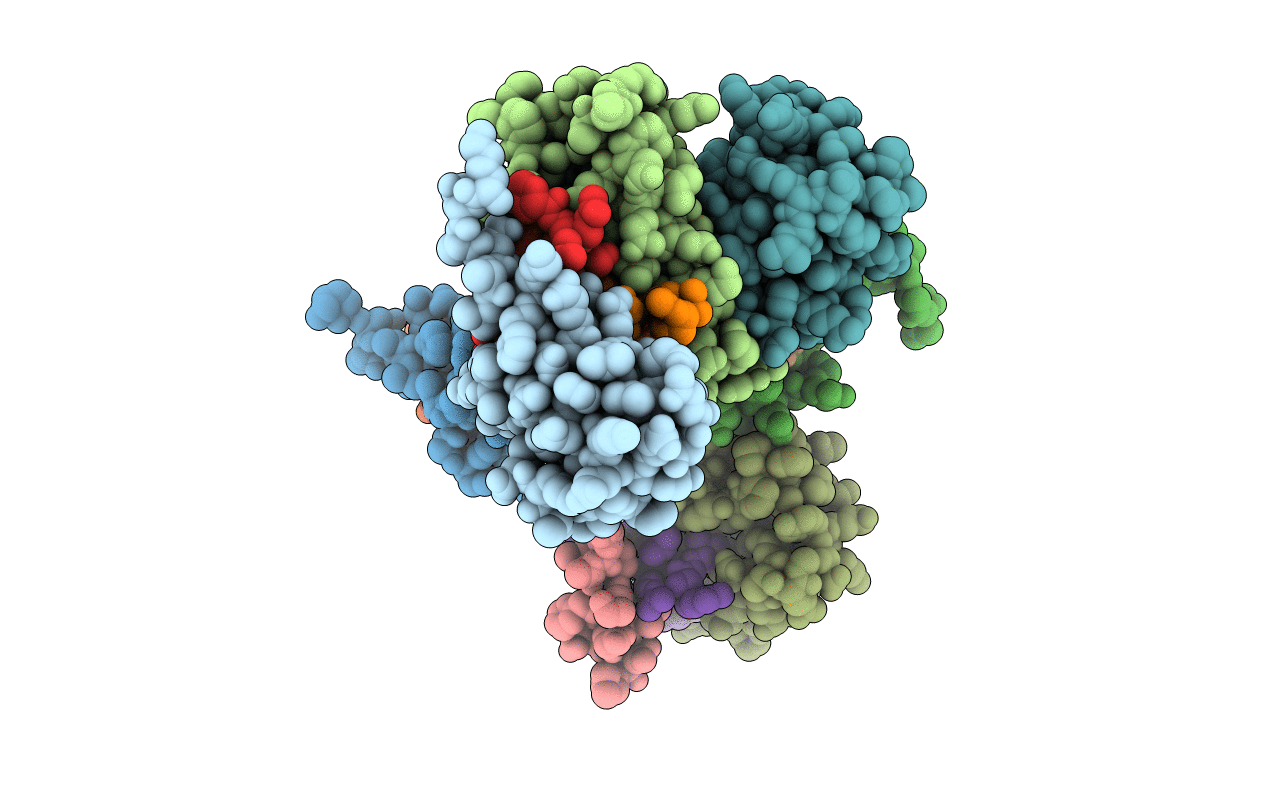
Deposition Date
2007-05-29
Release Date
2007-06-12
Last Version Date
2023-12-13
Entry Detail
PDB ID:
2V1S
Keywords:
Title:
CRYSTAL STRUCTURE OF RAT TOM20-ALDH PRESEQUENCE COMPLEX
Biological Source:
Source Organism:
RATTUS NORVEGICUS (Taxon ID: 10116)
Host Organism:
Method Details:
Experimental Method:
Resolution:
2.05 Å
R-Value Free:
0.30
R-Value Work:
0.24
R-Value Observed:
0.25
Space Group:
C 1 2 1


